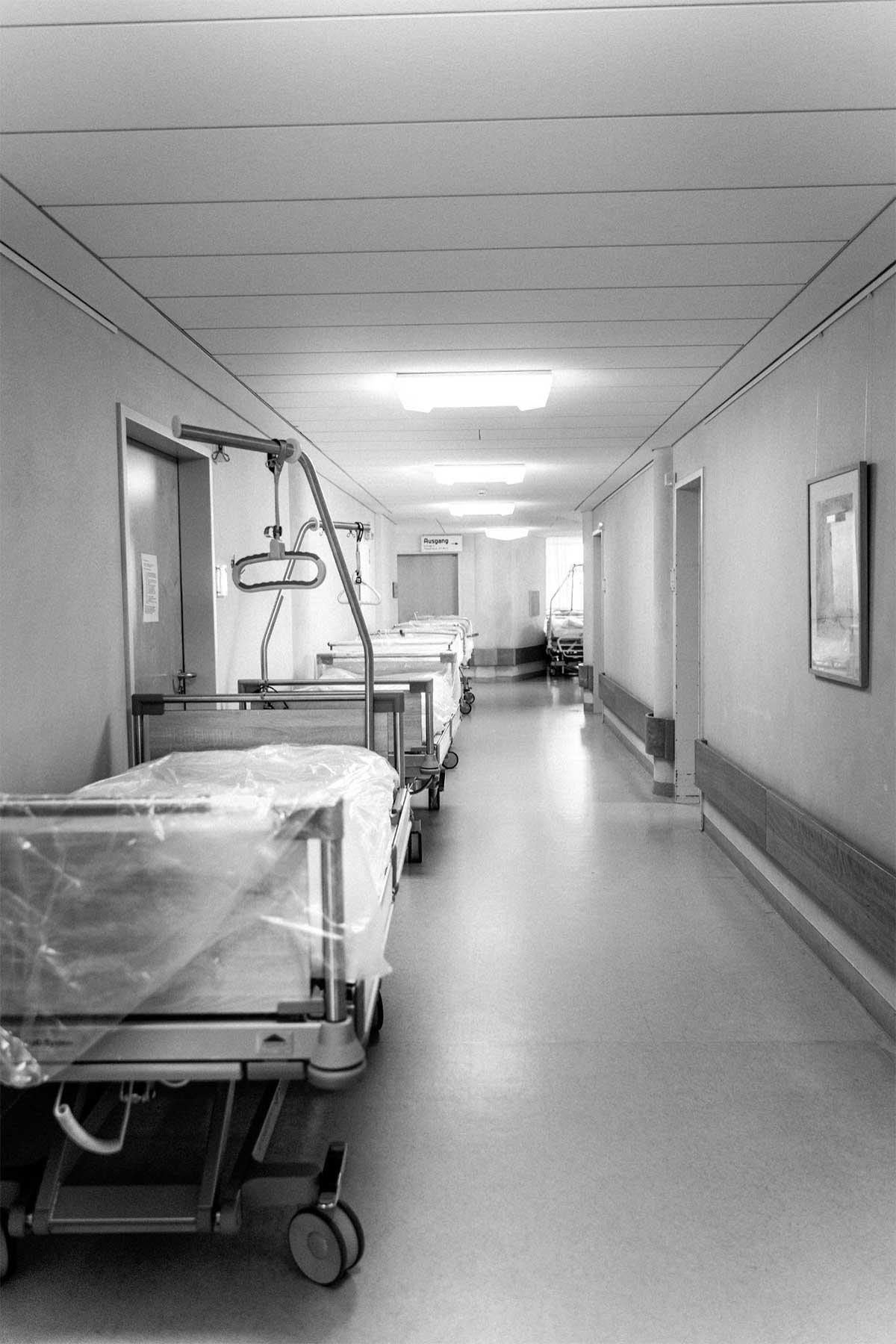Patients in Santa Fe and across New Mexico should feel confident visiting a healthcare provider for a routine checkup or to seek a diagnosis without worrying that a medical error will result in a serious injury. Yet medical errors are in fact quite common, and patients routinely suffer injuries that range from minor harm to deadly missed diagnoses. Studies in recent years have suggested that medical errors may be the third-leading cause of death in the U.S., according to Johns Hopkins Medicine, resulting in more than 250,000 fatalities every year. There are many different types of medical errors, from diagnostic mistakes to medication errors and surgical never events. Within the context of medical mistakes and patient injuries, researchers sometimes refer to “near-miss events” or errors. What is a near miss, and can it result in a medical malpractice claim?
Adverse Events and Defining a Near Miss
According to the Agency for Healthcare Research and Quality (AHRQ) and the Patient Safety Network, understanding near misses requires an understanding of adverse events in relation to medical errors and patient harm. Adverse events, as the AHRQ explains, can be preventable, but it is important to know that adverse events are not always preventable even with a high quality of care.
Adverse events can be defined in slightly different ways depending upon the study. For example, according to a Harvard Medical Practice Study report, an adverse event is “an injury that was caused by medical management (rather than the underlying disease) and that prolonged hospitalization, produced a disability at the time of discharge, or both.” Then, according to the Institute for Healthcare Improvement, an adverse event can be understood as an “unintended physical injury resulting from or contributed to by medical care (including the absence of indicated medical treatment), that requires additional monitoring, treatment, or hospitalization, or that results in death.”
How do adverse events relate to near misses? A near miss can be understood as “any event that could have had adverse consequences but did not and was indistinguishable from fully fledged adverse events in all but outcome.” In other words, a near miss often has elements of an adverse event, but there is not an adverse outcome. The AHRQ clarifies that, “in a near miss, an error was committed, but the patient did not experience clinical harm, either through early detection or sheer luck.”
Examples of Near Misses
There are many different examples of near misses, such as:
- Surgeon begins to prep a patient for surgery on her right leg, but a nurse looks at the chart and informs the surgeon that the surgery is scheduled for the patient’s left leg;
- Patient picks up a prescription at the pharmacy and realizes before taking one of the pills that she has picked up a prescription intended for another patient; or
- Physician provides a diagnosis based on the wrong patient chart, but the error is discovered when inputting the information into the patient’s electronic health record.
Contact a Santa Fe Medical Malpractice Lawyer
While you will only be able to seek compensation for a medical error that actually results in an injury, it is important to learn more about your eligibility to file a medical malpractice lawsuit by speaking with a Santa Fe medical malpractice lawyer. Contact Slate Stern Law for more information.
